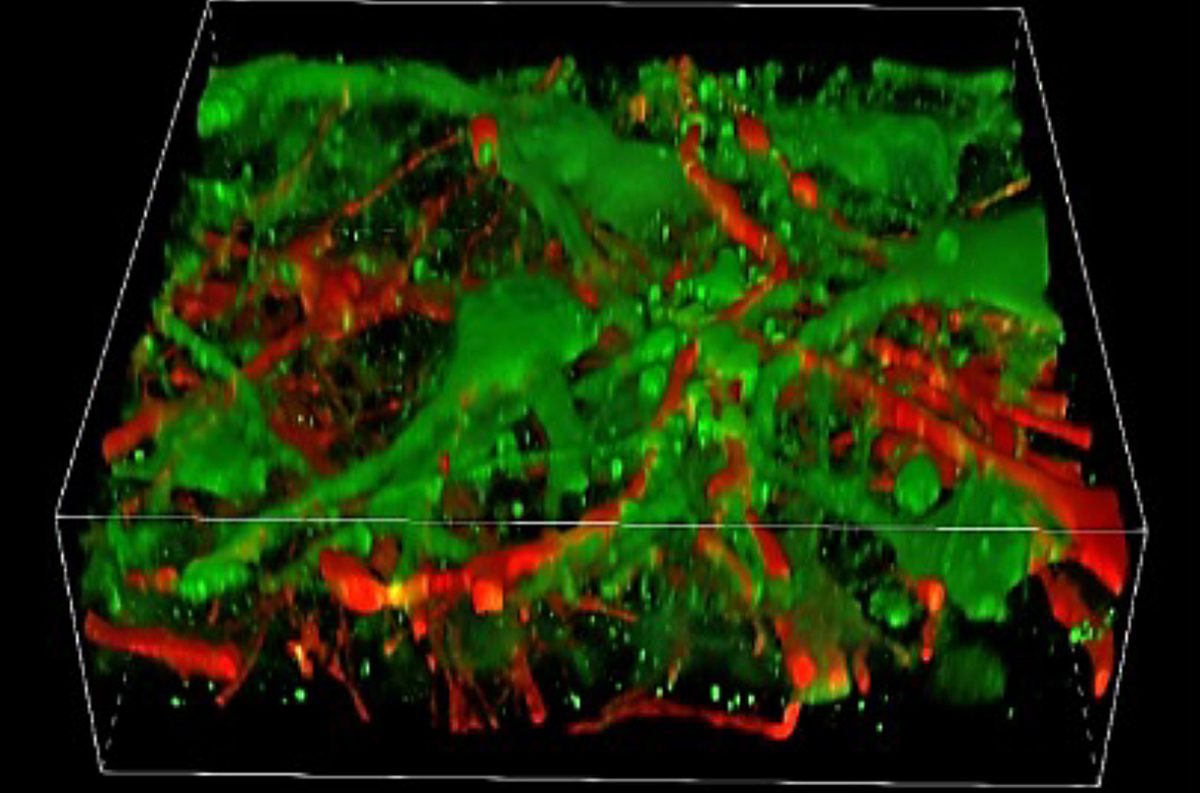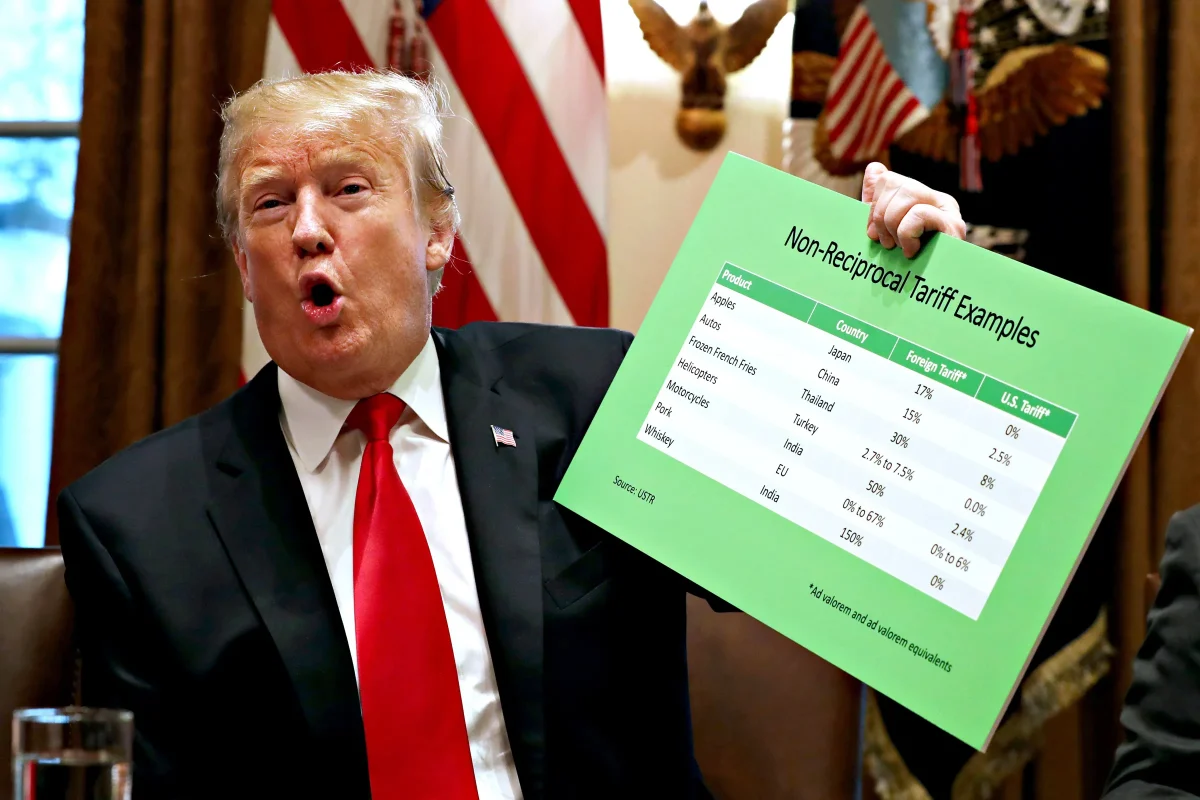The brain is a mass of organic matter that functions as a computer. With any Computer, whether it is man-made or natural, there will be viruses and bugs. With man-made computers, the problem tends to be digital, but brain viruses and bugs are more complicated. In many cases, the brain will shut down like a computer due to the inability to deal with the virus. One very popular way to deal with many computer problems is to turn it off and then turn it on again; In the circumstance of the brain this isn’t possible. Under most circumstances, brain diseases are more difficult to find solutions for due to the need to study a living brain. This can make advancements in the study of the human brain very difficult. But what if there was a way to build a fully functioning living brain?
Throughout the years people have developed many advanced ways to recreate images and objects. One of the greatest of these developments is the 3D printer, which is a device that uses filament of some sort to create 3D shapes. In this state, it doesn’t do the research of the human brain any good whatsoever. Now, if you exchange the filament for cells, you gain the ability to print organic material. With current technology, it isn’t easy to make extremely complicated parts of brain tissue. In many cases the printed brain tissue is just a flat sheet of mass, even though they aren’t printing brain tissue in the shape of a brain the printed tissue has been seen functioning like natural brain tissue. For more complicated masses of brain tissue scientists have started to add in different cell types to experiment with more possible reactions between cells.
Through experiments, scientists have been able to better see how they can use 3D printed brain tissue. While it isn’t possible to create a whole brain that functions properly, they are able to create sections that mimic the development of the human brain. It has been determined that they have the ability to use this to further their understanding of how the brain grows and develops. Along with being able to create sections of brain tissue to test the effects of certain diseases on the human brain.
Along with testing and researching the development and reactions that brain tissue has, there are so many other possibilities. This technology could be used to look into the effects of stimuli on brain development and functions. It could even be possible to advance this technology to the point that they could replace parts of the human brain if necessary. This technology could lead to developments and advance to a point where thousands of lives could be saved. The question is who would accept the opportunity, would you be willing to have a surgery where parts of your brain were replaced with 3D printed replicas. Has the medical field gone too far by attempting to replicate the human brain, or is it just the next step in our evolutionary path?














